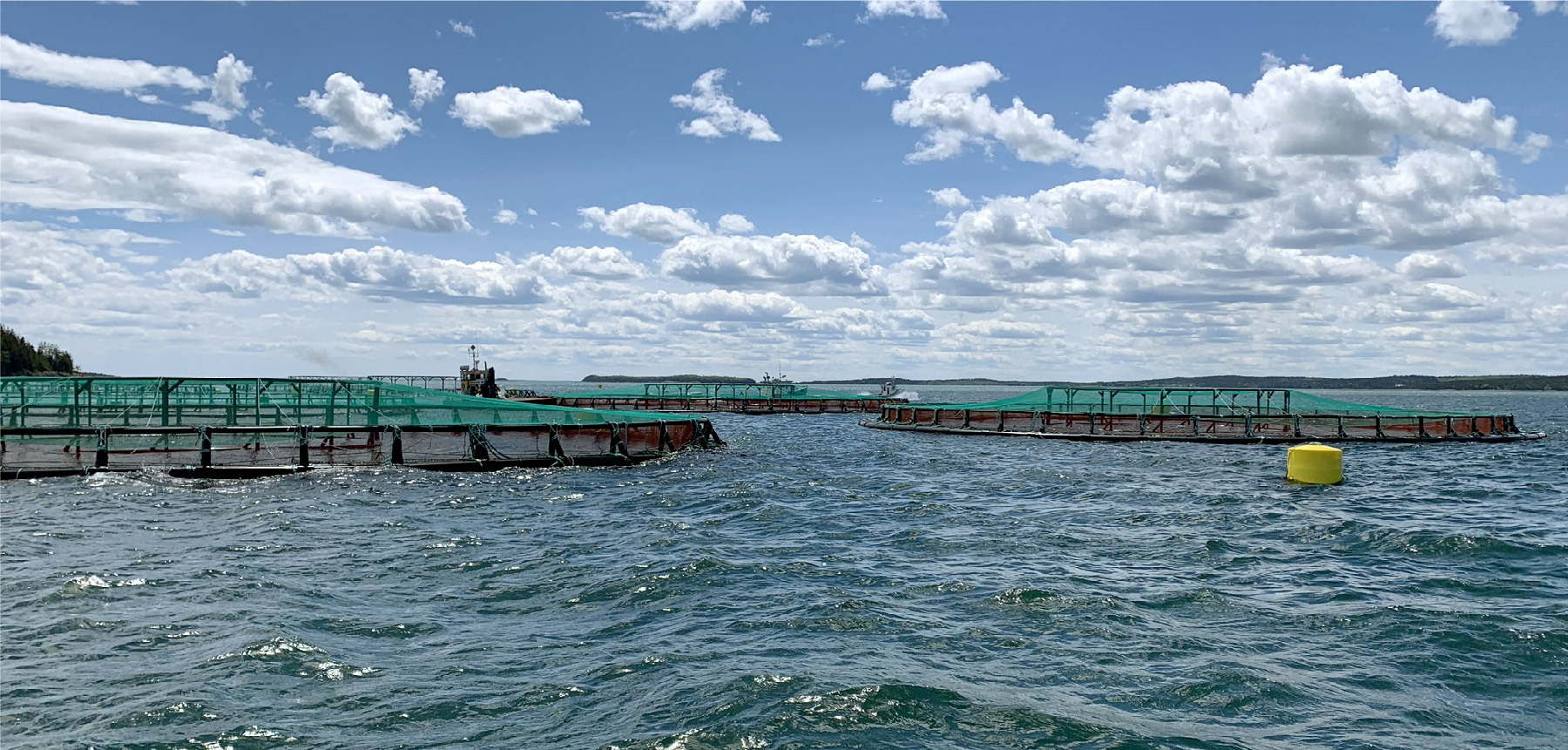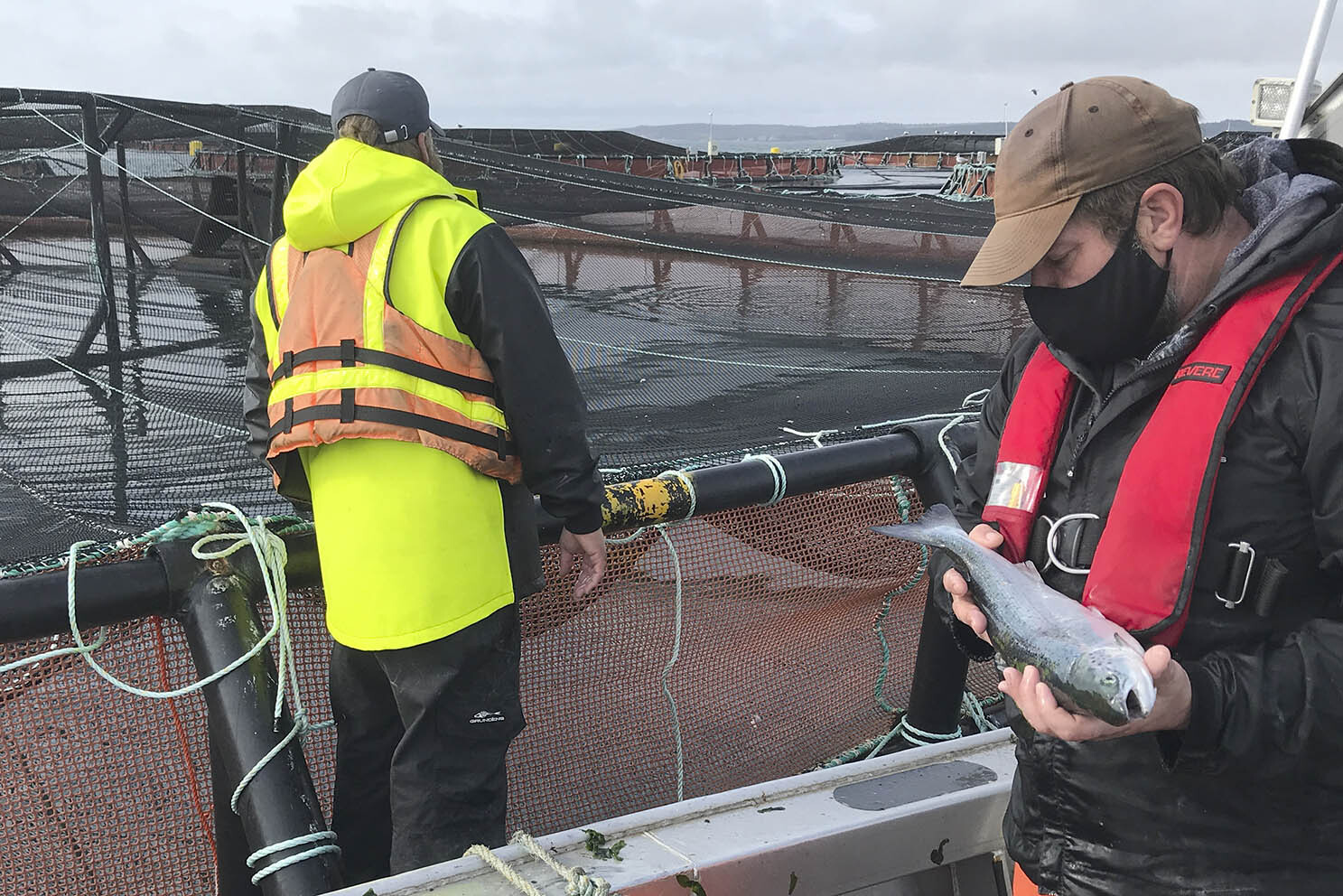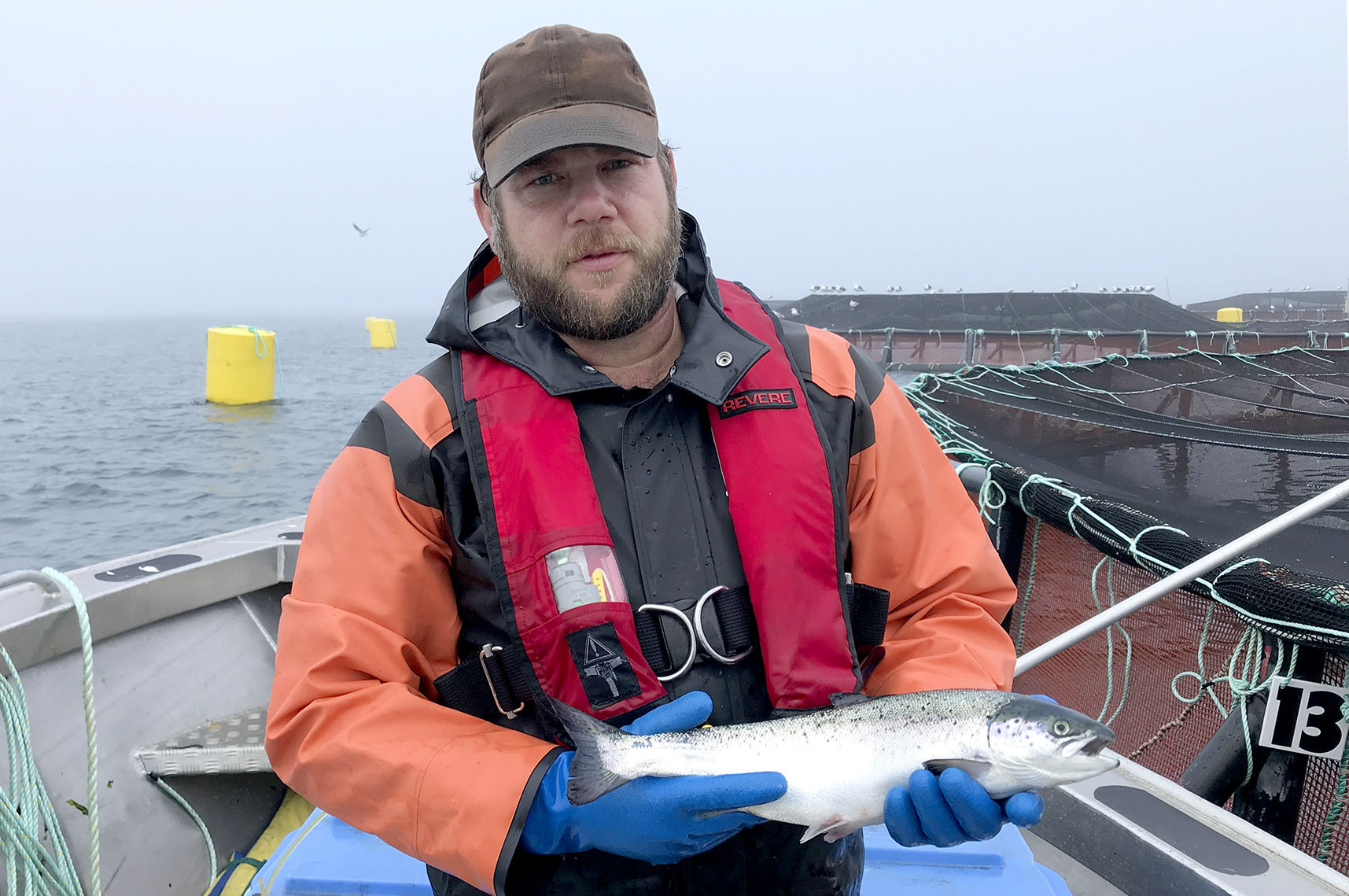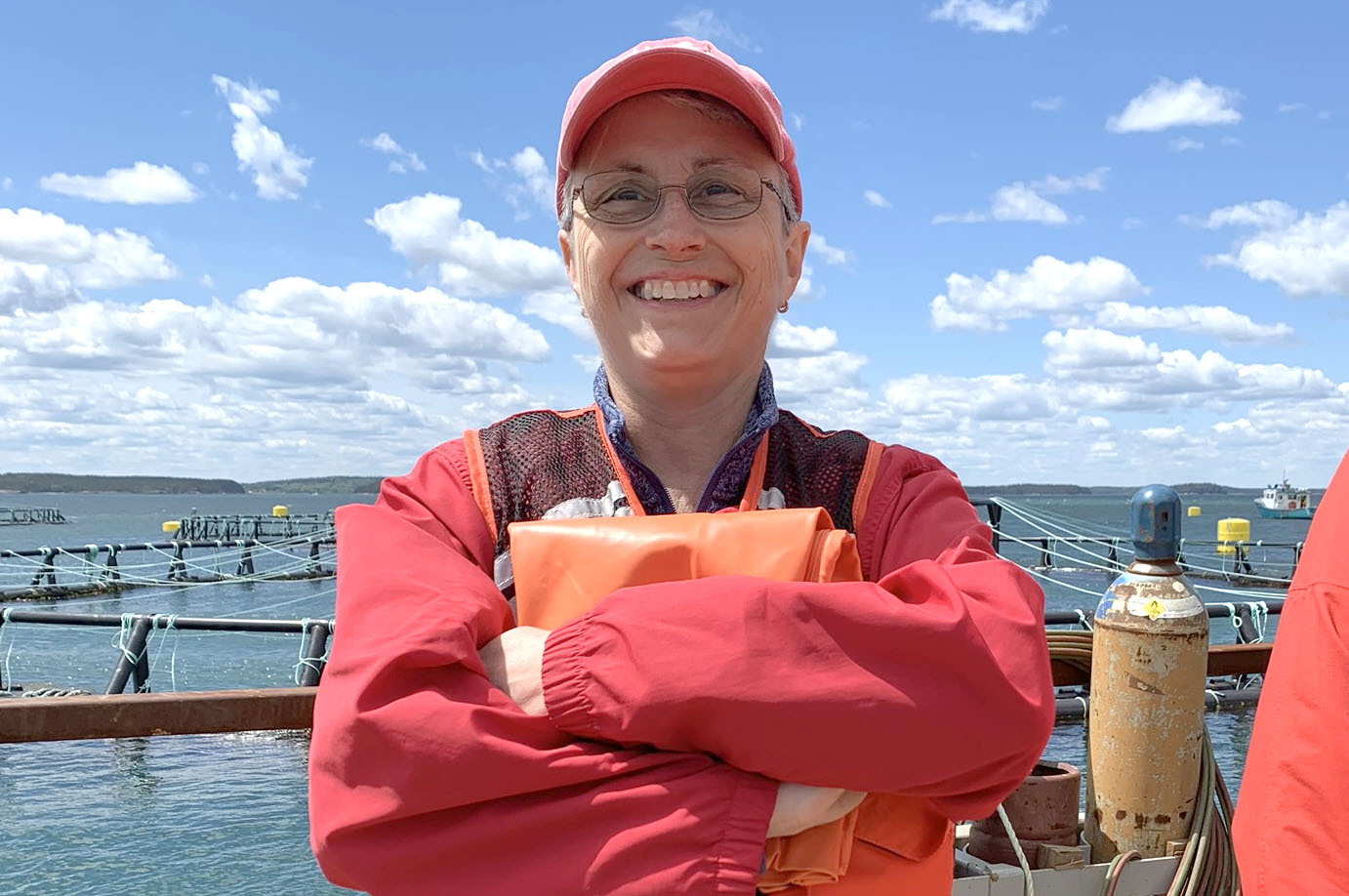
Sea Lice Deterrence
We’re finding novel ways to keep farmed Atlantic salmon healthy by disrupting the host location of a parasite that costs the industry millions of dollars each year.
Project overview
Working globally in collaboration with large salmon producers, we are developing a reliable, durable way to dispense deterrent scent compounds uniformly at scale in an ocean environment.
- Gore materials are incorporated into predator-proof dispensers deployed in large fish pens
- Dispenser placement and rate of release are tailored to the hydrodynamics of the site to achieve desired concentrations, which are in the range of parts-per-trillion
- Scent compounds provide natural deterrence by preventing parasites from finding their hosts and have no negative effect on the environment or the fish

Environmentally sustainable food production

Fresh Atlantic salmon is an important source of protein with significant environmental advantages compared to beef, pork or chicken.
- Efficient production: feed conversion ratio per pound of body mass ~7x better than beef
- The lowest level of greenhouse gas production of any animal protein source
- Millions of servings of protein produced each day from salmon raised in coastal ocean waters, with controlled diet and health monitoring
Improving fish health to unlock industry growth
Maintaining the health and wellbeing of the fish is essential to quality and yield. Sea lice are a natural parasite that attack salmon and are a major industry challenge.
- The industry is limited by the impact of parasites, which lead to fish stress, slower growth and less biomass production
- Medicinal and physical treatments to kill or remove parasites also stress the fish and are expensive
- Deterrence has a dual benefit. By limiting parasite activity, the need (and cost) of treatment can be reduced. At the same time, the fish are kept healthier and can grow larger.

Deterrence based in science

Sea lice locate their prey through physical cues provided by vibration, light refraction and scent. The concept behind natural deterrence is to interrupt the scent pathway so the parasites cannot target the salmon.
- Laboratory studies have verified sea louse behavior in response to stimuli
- The parasites are able to detect scent compounds at the level of parts-per-trillion, making chemical concentration critical
- Trials have confirmed lower louse activity and a tendency to avoid deterrent scent cues.
- Real-world conditions impact deterrent dispersal, making hydrodynamic modeling and tuning of the system critical
Making deterrence at scale practical
The science behind deterrence is well-established with studies going back more than 20 years, but finding a way to make it actionable has proven elusive.
- Effective, safe scent deterrent compounds exist today
- Successful experiments have been conducted in small cages with small numbers of fish, but have not led to feasible commercial-scale solutions
- Our unique innovation leverages the selective permeability of GORE materials combined with tailored system design to effectively treat millions of fish spread out over areas the size of a commercial airport
Contact us
If you prefer to reach out via email, we'd love to hear from you. Please contact us at sealice@wlgore.com.
